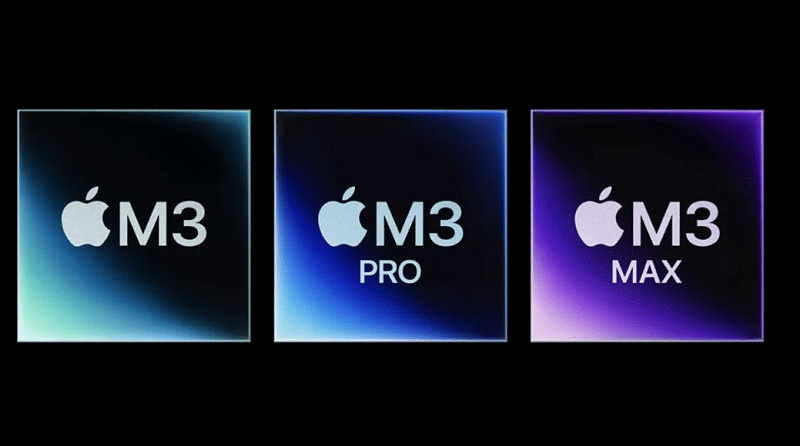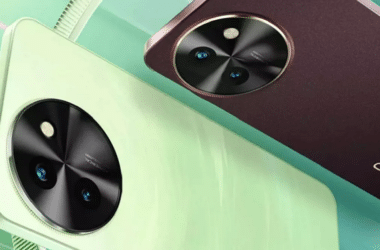Apple’s New M3 Max Chip: Benchmark Scores and Beyond
In a world where technology is ever-evolving, Apple continues to push the boundaries of innovation. Their recent unveiling of the new M3 Max chipset has sparked immense interest and anticipation among tech enthusiasts and Apple aficionados. The M3 Max, part of the latest MacBook lineup, comes as a successor to the M2 SoC, promising enhanced performance and capabilities. But how does it truly measure up? In this article, we delve into the benchmark scores, specifications, and what sets the M3 Max apart from its predecessor.
The M3 Max Benchmark Scores
The M3 Max chipset has certainly made its mark, as revealed by the benchmark scores. In the single-core round, it boasts an impressive score of 3,227 points, showcasing its ability to handle single-threaded tasks efficiently. Moreover, in the multi-core segment, it reaches a substantial score of around 21,167 points, indicating its prowess in multitasking and resource-intensive operations.
A Close Comparison with M2 Ultra
To put these scores into perspective, let’s compare them to the M2 Ultra, which is currently present inside the Mac Pro and Mac Studio. The M2 Ultra, a formidable chipset in its own right, scored 2,800 in the single-core round and 21,000 in the multi-core segment. It’s evident that the M3 Max stands shoulder to shoulder with the M2 Ultra, promising a seamless user experience and exceptional performance.
Under the Hood: Technical Specifications
Digging deeper, the technical specifications shed light on the differences between these two powerful chipsets. The M2 Ultra is based on a 5nm process and comes equipped with 24 cores, comprising 16 performance cores and 8 efficiency cores. On the other hand, the M3 Max is built on a more advanced 3nm process, with 16 cores in total—12 performance cores and 4 efficiency cores. This architectural shift towards efficiency and performance optimization signifies Apple’s commitment to providing cutting-edge technology.
A Glimpse into Graphics
While the M2 Ultra features a robust 76-core GPU, the M3 Max opts for a different approach with only half the number of GPU cores. It’s worth noting that Geekbench scores don’t provide insights into the graphics capabilities of the M3 Max. Nonetheless, Apple’s innovation in the realm of GPU performance continues to be a fascinating area to watch.
The Promise of Speed
Apple has claimed that the M3 Max CPU is up to 50 percent faster than its predecessor, the M2 Max. The benchmark scores corroborate this claim, demonstrating a remarkable 40 percent increase in performance. It’s a leap that is sure to make a noticeable difference in everyday tasks and demanding applications. However, it’s important to note that similar performance gains might not be expected from the M3 Pro.
Introducing the M3 Pro
The M3 Pro is another exciting addition to Apple’s chipset lineup. It features a 12-core CPU with 6 performance cores and 6 efficiency cores. In comparison, the M2 Pro has 8 performance cores and 4 efficiency cores. The M3 Pro also boasts a memory bandwidth of 150GB/s, slightly lower than the M2 Pro and M1 Pro, rated at 200GB/s. These variations underline Apple’s strategy of offering a range of options to cater to different user needs.
In conclusion, the M3 Max chipset’s benchmark scores reveal its outstanding capabilities, making it a compelling choice for those seeking high-performance computing solutions. Apple’s commitment to pushing the boundaries of technology and innovation is evident in these new chipsets. As the tech landscape continues to evolve, Apple’s M3 Max and M3 Pro are set to lead the way in terms of performance and efficiency.
FAQs
Can I upgrade to the M3 Max from my existing MacBook with an older chipset?
Upgrading your MacBook’s chipset is generally not possible, as it involves changing the core hardware components of the device.
What are the key differences between the M3 Max and the M3 Pro chipsets?
The M3 Max focuses on performance and efficiency, while the M3 Pro offers a balance of both, catering to different user needs.
When will the new MacBook models featuring the M3 Max be available for purchase?
Apple typically releases new products shortly after their announcement, so keep an eye out for release dates.
How does the M3 Max compare to other competing chipsets in the market?
Benchmark scores provide a glimpse of its performance, but real-world usage and user experiences will be the ultimate judge of its competitiveness.
Is the M3 Max chipset backward compatible with older software and applications?
Apple strives to ensure backward compatibility, but it’s advisable to check for software updates and compatibility requirements when transitioning to a new chipset.











